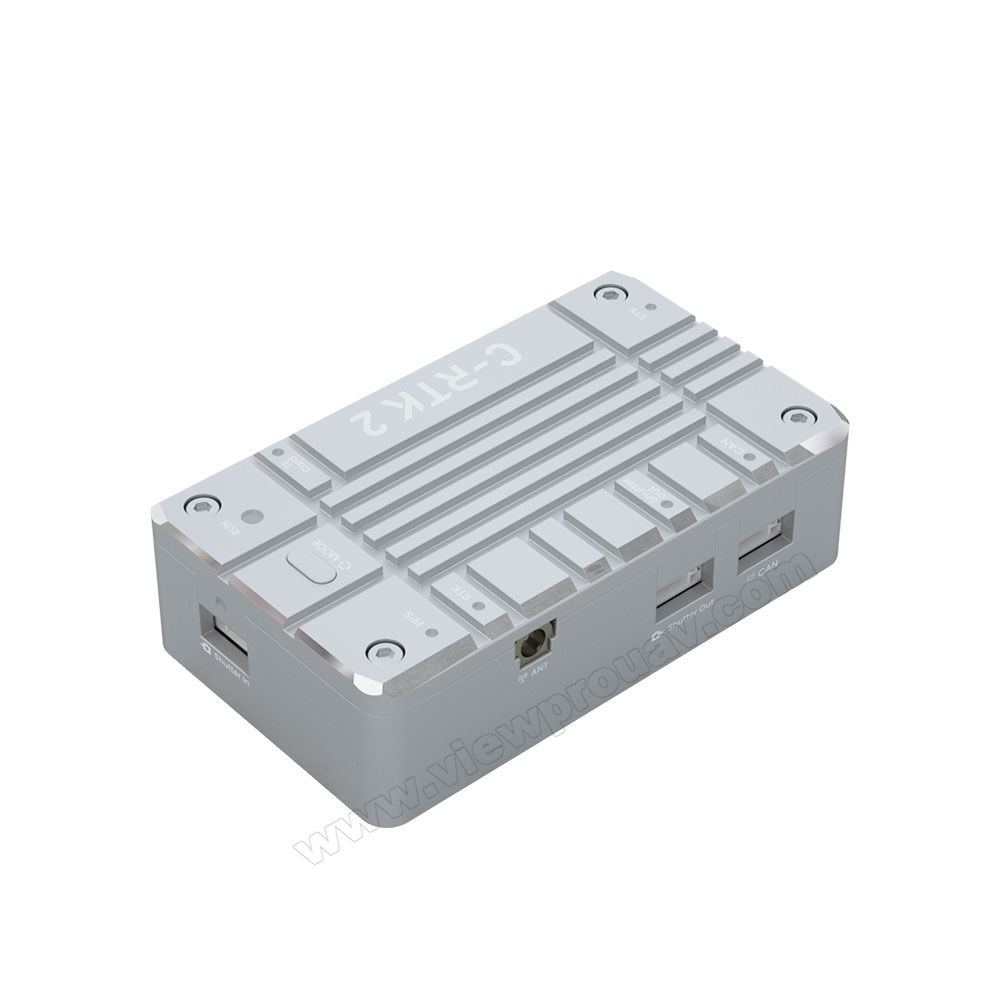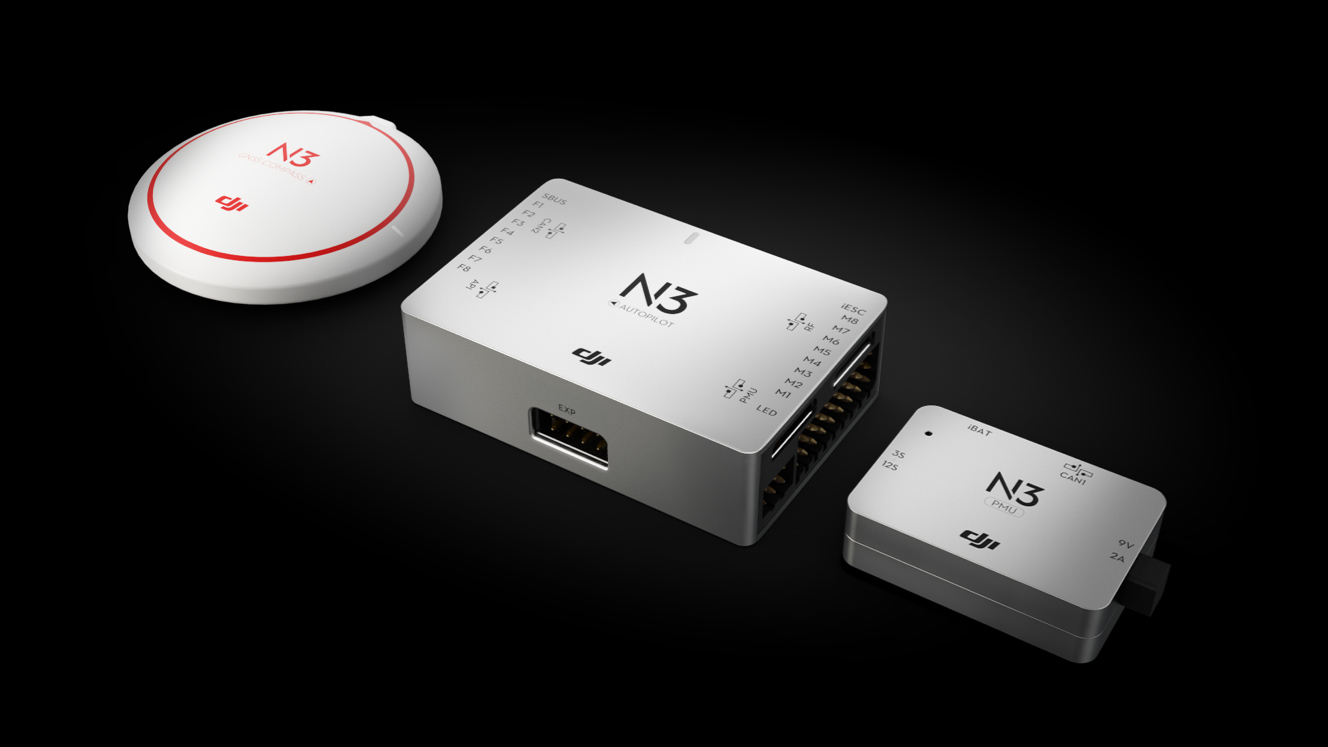SparkNavi Drone Flight Controller and GNSS/INS Made in Taiwan: Cutting-Edge Solutions for UAVs
SparkNavi Drone Flight Controller and GNSS/INS Made in Taiwan: Cutting-Edge Solutions for UAVs
Blog Article
Comprehending the Crucial Features and Functions of a Drone Flight Controller for Ideal Aerial Efficiency
The flight controller offers as the crucial element in a drone's architecture, managing its activities and making certain stability with a sophisticated interplay of data and sensors processing. With improvements in modern technology, the landscape of flight controllers is rapidly advancing, motivating a closer exam of what genuinely defines optimal capability in this important system.
Introduction of Flight Controllers
When discovering the world of drone technology, understanding flight controllers is essential for both enthusiasts and experts alike. Flight controllers function as the brain of the drone, coordinating its motions and ensuring stability throughout trip (SparkNavi drone flight controller and GNSS/INS made in taiwan). They refine information from various sensing units, including barometers, accelerometers, and gyroscopes, to maintain balance and reply to pilot inputs efficiently
The architecture of trip controllers can vary dramatically, ranging from fundamental versions created for entry-level drones to advanced systems furnished with advanced functions for specialist applications. The combination of GPS capabilities makes it possible for exact navigation and positioning, while programmable firmware permits users to tailor trip qualities to match their particular demands.
Additionally, trip controllers are critical in assisting in interaction between the drone and the push-button control, making it possible for real-time adjustments and telemetry information transmission. Comprehending the various types of flight controllers, consisting of multi-rotor, fixed-wing, and crossbreed systems, is vital for choosing the ideal model for a provided application. Ultimately, a thorough grasp of trip controllers not only improves the flying experience yet also makes best use of the performance and safety of drone operations.
Secret Features of Trip Controllers
Flight controllers play a crucial role in taking care of a drone's flight dynamics by performing a number of crucial features that make certain security and responsiveness. Among the primary functions is the stabilization of the drone's positioning and altitude. This is accomplished with the combination of various sensors, including gyroscopes, accelerometers, and measures, which continuously keep track of the drone's setting and motion.
.jpg)
An additional crucial feature is the handling of control inputs from the pilot or independent systems. The trip controller translates these inputs and changes the drone's electric motor rates accordingly to accomplish the preferred flight path. This consists of handling yaw, pitch, and roll, which are important for ability to move.
In addition, flight controllers are outfitted with foolproof systems. These functions are designed to react to essential circumstances, such as low battery levels or loss of signal, by launching predefined actions like returning to the launch factor or floating in position.

Important Features to Consider
When picking a drone trip controller to guarantee optimal efficiency and reliability,Numerous essential features should be taken right into account. One critical facet is the controller's handling power, which identifies its ability to handle intricate flight algorithms and real-time information handling. A higher handling ability enhances responsiveness and security during trip.
An additional important function is the variety of sustained flight modes. A flexible trip controller need to provide different modes, consisting of acro, elevation hold, and GPS-assisted settings, accommodating different pilot find more info skill levels and operational circumstances. In addition, the existence of built-in safety features, such as fail-safes and geofencing, can dramatically enhance functional safety.
Compatibility with numerous communication methods is likewise vital, as it makes sure seamless combination with various other gadgets and peripherals, such as remote controllers and telemetry systems. The controller's firmware have to be easy to use and consistently upgraded to include new functions and optimizations.
Integration With Sensing Units and Systems
A trip controller's performance is greatly affected by its capability to incorporate with various sensors and systems. This integration is critical as it allows the trip controller to get real-time data necessary for efficient flight management. Key sensing units consist of GPS, inertial measurement systems (IMUs), measures, and magnetometers, each giving important info pertaining to the drone's positioning, altitude, and placement.

Furthermore, progressed flight controllers sustain assimilation with payload systems, including video cameras and other sensing units, making it possible for improved capabilities such as autonomous navigation and obstacle evasion. This interconnectedness not just improves the drone's functional abilities however additionally increases its application prospective throughout numerous industries, from aerial photography to agricultural monitoring. Therefore, a well-integrated trip controller is basic for accomplishing ideal airborne performance and ensuring the reliability of drone operations.
Tips for Optimizing Performance
To take full advantage of the efficiency of your drone, several crucial approaches can be utilized that focus on optimizing both hardware and software parts. Guarantee that the trip controller firmware is up to day.
Appropriate calibration lessens drift and boosts trip security, specifically during complicated maneuvers. Top notch props can lower drag and hop over to here rise flight time.
In addition, maximize your drone's weight by decreasing unneeded hauls. A lighter drone not only carries out much better however also expands battery life. Adjust your flight setups, consisting of PID (Symmetrical, Indispensable, Acquired) values, to attain smooth and receptive handling. By executing these methods, drone operators can substantially improve aerial performance, causing a more delightful and reliable flying experience.
Final Thought
Finally, a why not check here complete understanding of drone trip controllers is necessary for improving airborne performance. The assimilation of essential functions and necessary functions, including handling power and safety devices, directly affects the stability and ability to move of drones. Furthermore, efficient interaction with different sensing units and systems plays an important role in accomplishing precise navigation and functional effectiveness. By focusing on these elements, operators can considerably boost the efficiency and dependability of their drone systems in varied applications.
Flight controllers offer as the mind of the drone, orchestrating its motions and making sure security throughout flight.Trip controllers play an essential function in handling a drone's flight characteristics by implementing numerous essential features that make certain security and responsiveness. The trip controller interprets these inputs and adjusts the drone's motor speeds appropriately to attain the wanted trip course.Numerous vital functions must be taken right into account when picking a drone flight controller to make sure optimum efficiency and integrity. Hence, a well-integrated trip controller is basic for attaining optimum airborne efficiency and making certain the integrity of drone procedures.
Report this page